The cuisine of Cyprus is influenced by Greece and Turkey, but also by the Middle East, especially Lebanon. The most famous culinary specialty of the island is haloumi. The shape-retaining cheese has been an integral part of the cuisine of the Eastern Mediterranean for thousands of years. Less known specialties of Cypriot cuisine are molohiya and kolokasi. The leafy vegetable and tuber thrive nowhere else in Europe and are part of the traditional home cooking of Cypriot families. Kolokasi, the tuber, in particular, is on the decline. It is no longer found in restaurants or on the lavish buffets of large hotels. The kolokasi has been displaced in restaurants by the potato, which also tastes great in Cyprus. The tuber, which when properly prepared tastes like a mixture of potato and Jerusalem artichoke, has its pitfalls. The cutting technique determines whether starch escapes during cooking and causes an undesirable soapy taste. Prepared correctly, the unassuming dish is a delicacy. But it takes culinary ambassadors who uphold the old traditions.
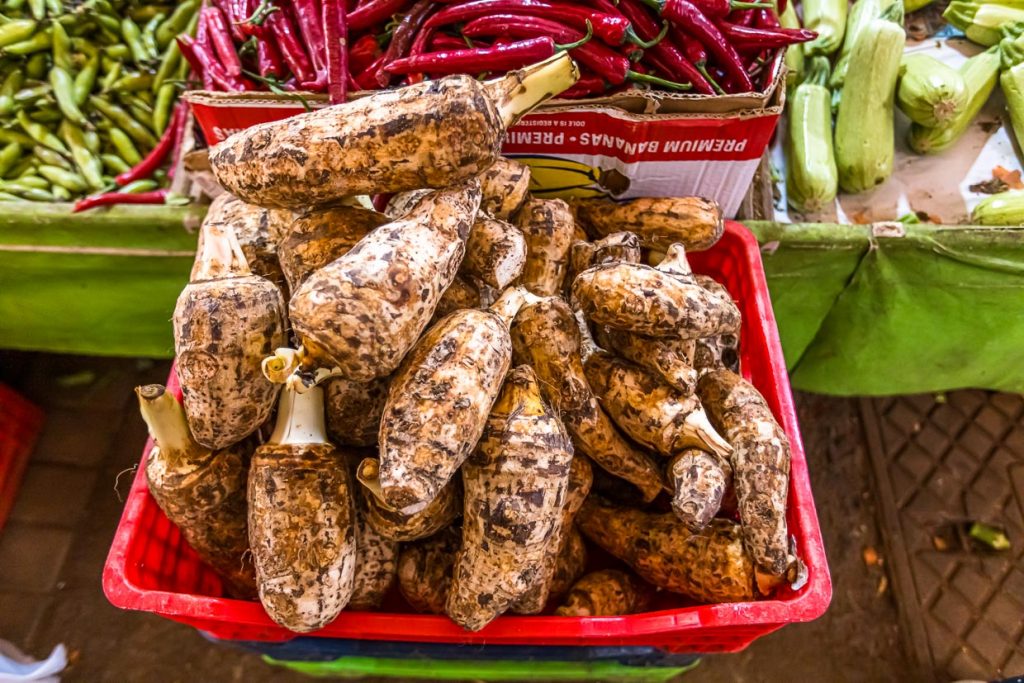
Molohiya, a stew of mallow leaves, is said to have been served in Cyprus at the wedding of King Richard the Lionheart and Berengaria of Navarre in 1191 in Limasol. The fast-growing, leafy plant is sown in May and harvested as early as August. The leaves are separated from the stem and dried. In the markets of the island you can buy the dried molohyia leaves all year round. They are also a popular ingredient in hearty meat stews. The Cypriot meat specialty is kleftiko, a stew in which lamb and sometimes goat meat is cooked in traditional clay ovens at a low temperature. In the villages, almost every garden has one of these round ovens, around which families like to gather on weekends.
The Maronite village of Kormakitis
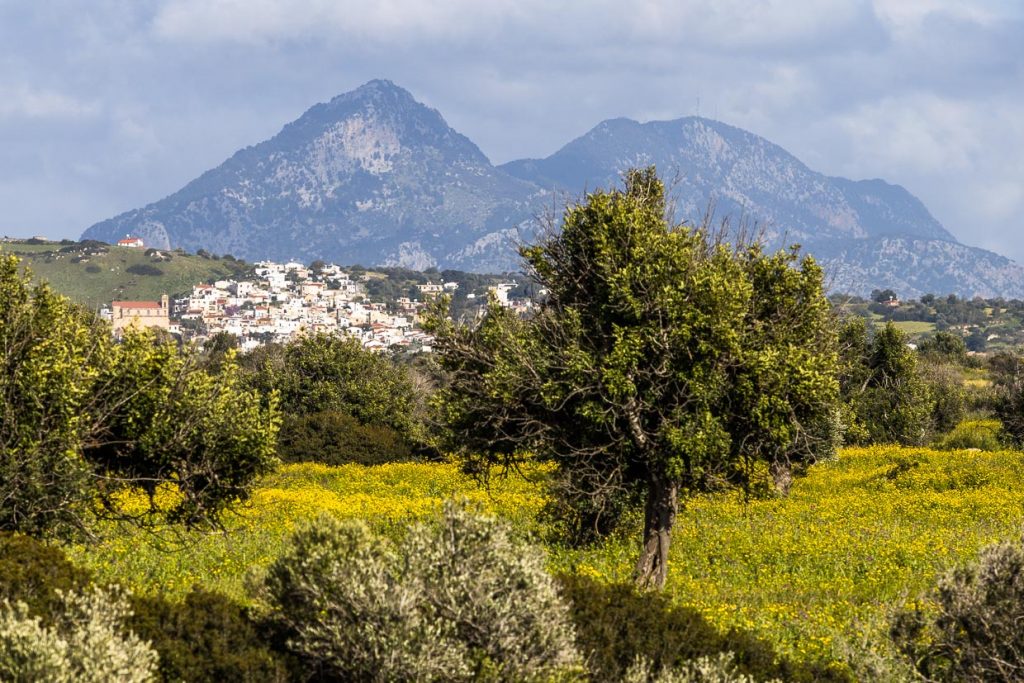
In spring Cyprus is green. It blossoms and smells, as the orange and lemon trees are in full bloom, exuding an intense fragrance. The Mesarya plain, a fertile alluvial plain, is an important growing area for fruits and vegetables in the north of Cyprus. The small village of Kormakitis, located west of Kyrenia (Girne) on the foothills of the Five Finger Mountains and only a few kilometers from secluded bays and long sandy beaches, is a fine example of the island’s biodiversity.
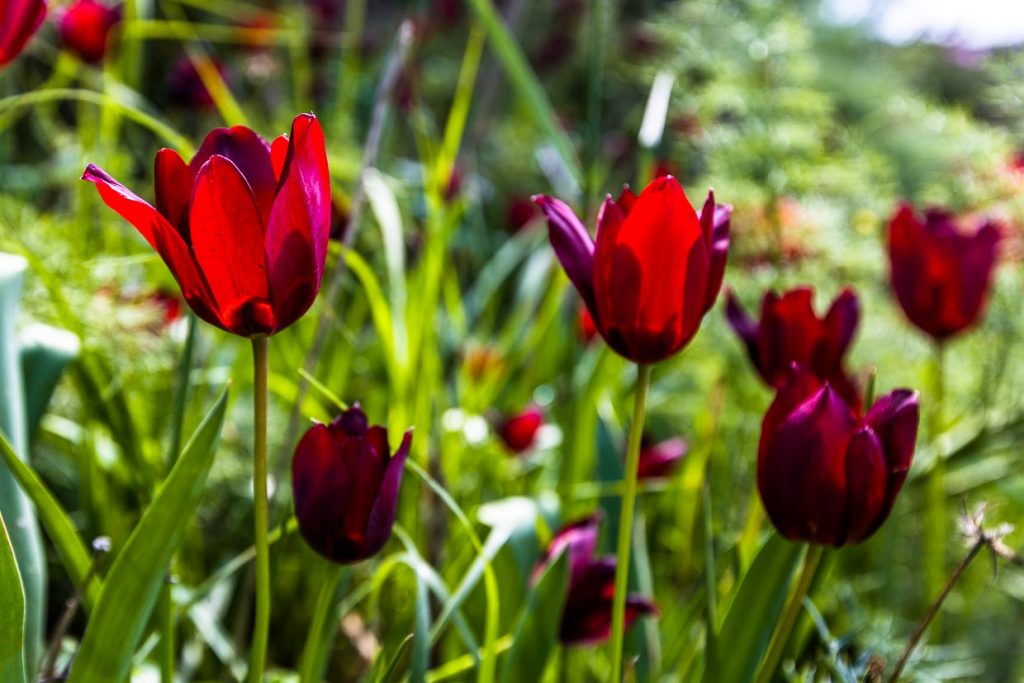
In spring, visitors come from all parts of Cyprus to admire the endemic red tulip that grows in Kormakitis. But the village has another very special feature. Kormakitis is the only village in Cyprus that is still inhabited exclusively by Maronites. The history of this Christian community is marked by flight and expulsion. In the seventh century, the Maronites fled to Cyprus from Lebanon and Syria. When the Ottomans conquered Cyprus in 1571, many of them were forced to convert, others fled to remote areas of the island. This was also the case in Kormakitis.
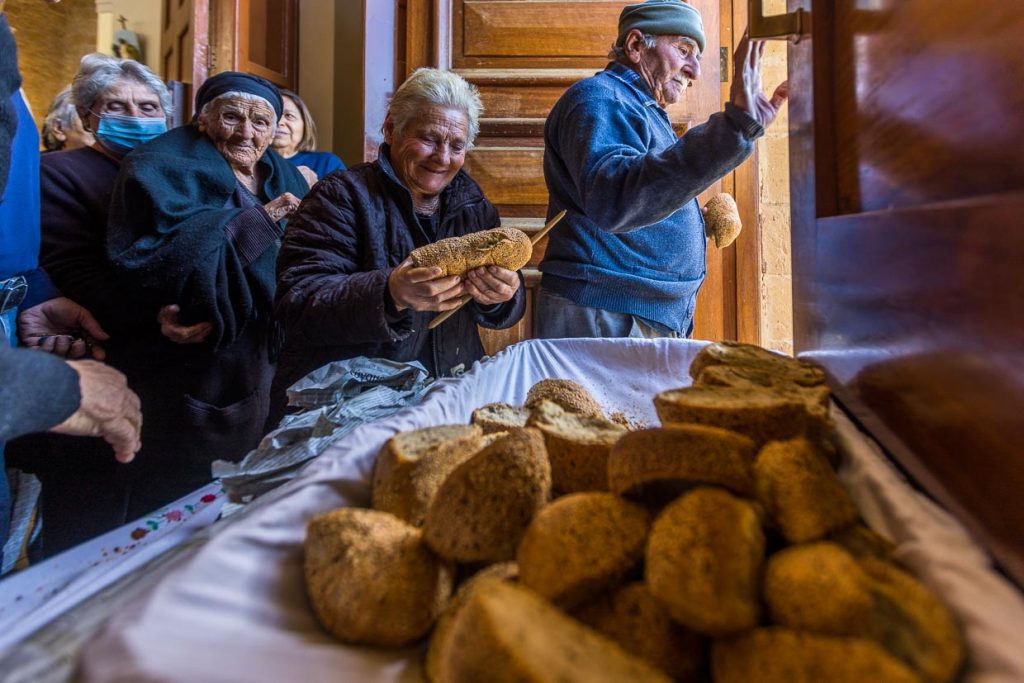
The struggle for recognition and preservation of the Maronite identity with its Aramaic language is palpable when attending a church service and talking with locals in the café in the center of the village. The eventful history of the Maronites in Cyprus remains to be told. The slowly burgeoning tourism helps the Maronite community to ensure the continuity of their last intact village community on Cyprus.
Traditional cuisine at Angeliki
In addition to the red tulips, hiking trails and proximity to the sea, the culinary expertise of Angeliki Frantzis Katsioloude is a particular draw in Kormakitis. Her restaurant and boutique hotel Hanna Koumi attracts guests from both parts of Cyprus. The house, with a large outdoor terrace and six individually decorated rooms, breathes history and the energy of its hostess. It was built in the 16th century by the Angelikis family. Like so many Maronites, they had to flee Famagusta from the Ottomans and founded the village of Kormakitis.
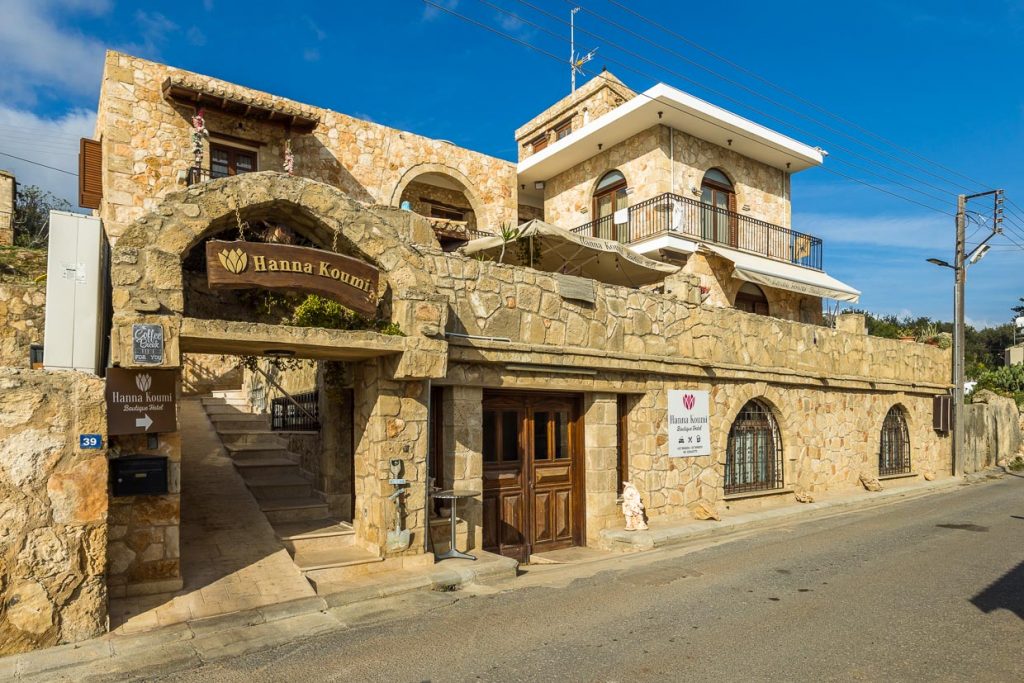
Angeliki, who worked for many years as a chef in large hotels, is living her dream of regional, and whenever possible, even local cuisine here. The herbs for the traditional dishes come from the village. Eggs, vegetables, fish and meat she gets from the immediate surroundings. She bakes the bread herself every week. Even the bread for the Sunday service in St. George’s Cathedral comes from her oven.
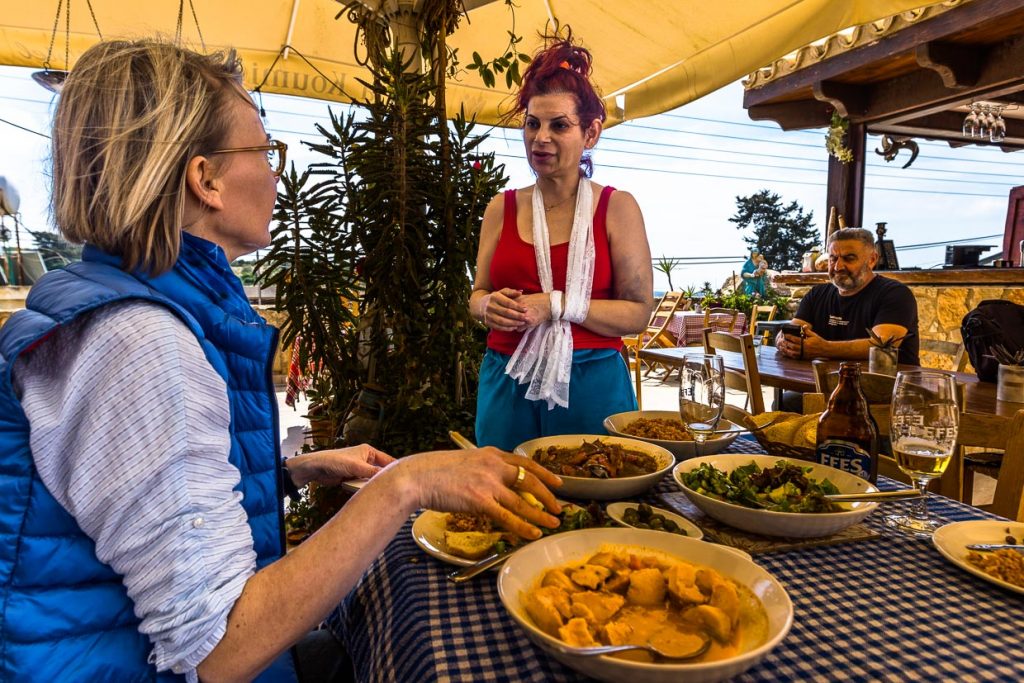
Angeliki doesn’t let anyone into her kitchen. Fortunately, it’s an open kitchen, so you can look in. Angeliki is standing at the multi-flame gas stove. She stirs a tasty bulgur at enormous speed. One by one, chopped bulgur grains as small as grains of rice, chicken broth, tomatoes, small macaroni, olive oil and herbs go into the large pot of water. Her broken left arm lies provisionally in the sling of a white lace blanket. Guests precede Angeliki and plenty of them arrive the same day. A group of 100 guests from the south has made reservations for Sunday lunch. Word has spread around the island about Angeliki’s traditional Cypriot cuisine, the large portions and the warmth of the family.
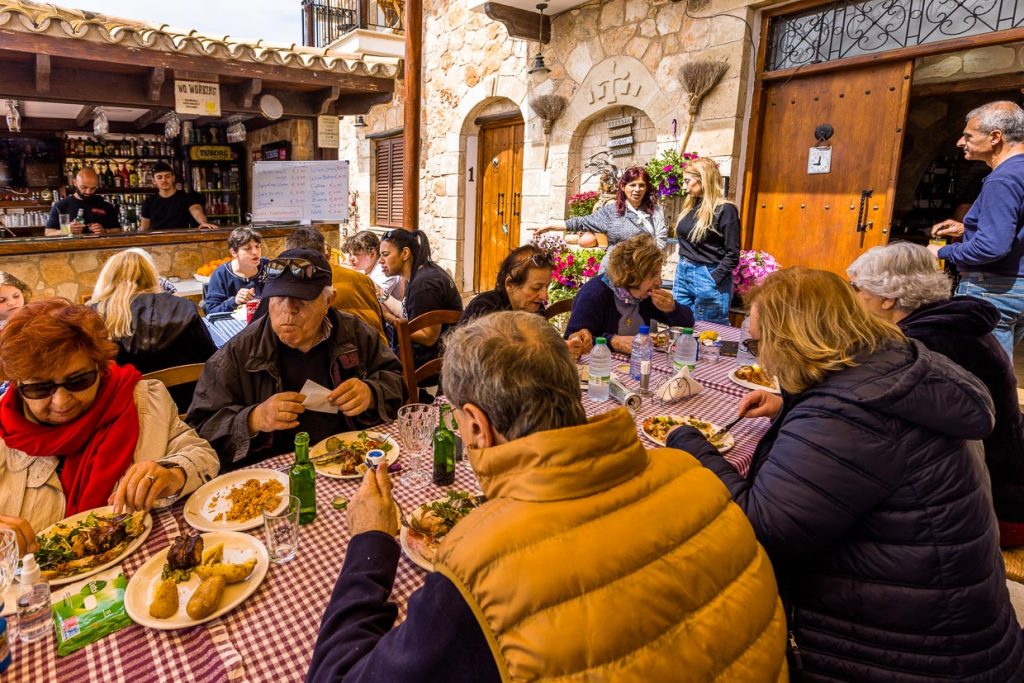
Capers, sea fennel and wild asparagus
Cypriot cuisine also traditionally uses wild herbs and wild vegetables. In the meadows and along the roadsides around Kormakitis, capers grow at the same time as the famous red tulips. The fresh shoots of the caper bush sprout from the prickly branches of the previous year. Collectors carefully pick them with tongs. The shoots are placed in fresh water for a few days before being pickled in a vinegar brine. Angeliki serves kapari as a side dish to traditional dishes from kolokasi to kleftiko.
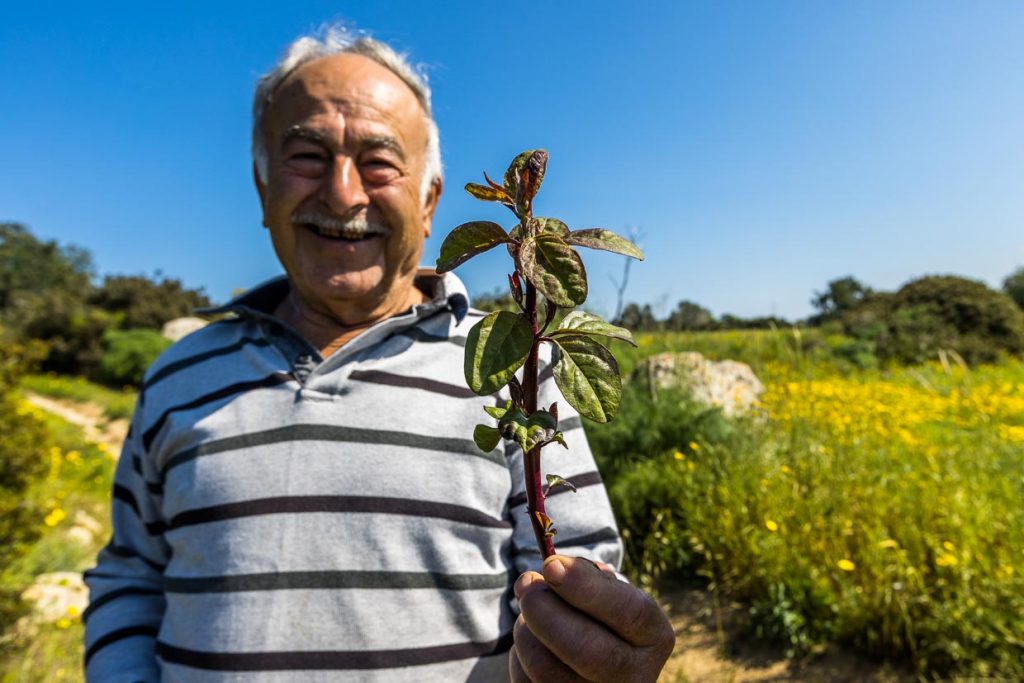
Unlike in Tuscany, wild asparagus is not a real rarity in Cyprus. The thin green spears are more expensive than cultivated vegetables, but on the fertile soils of Cyprus, wild asparagus grows in such large quantities that the astronomical prices of its Italian relative are far from being reached.
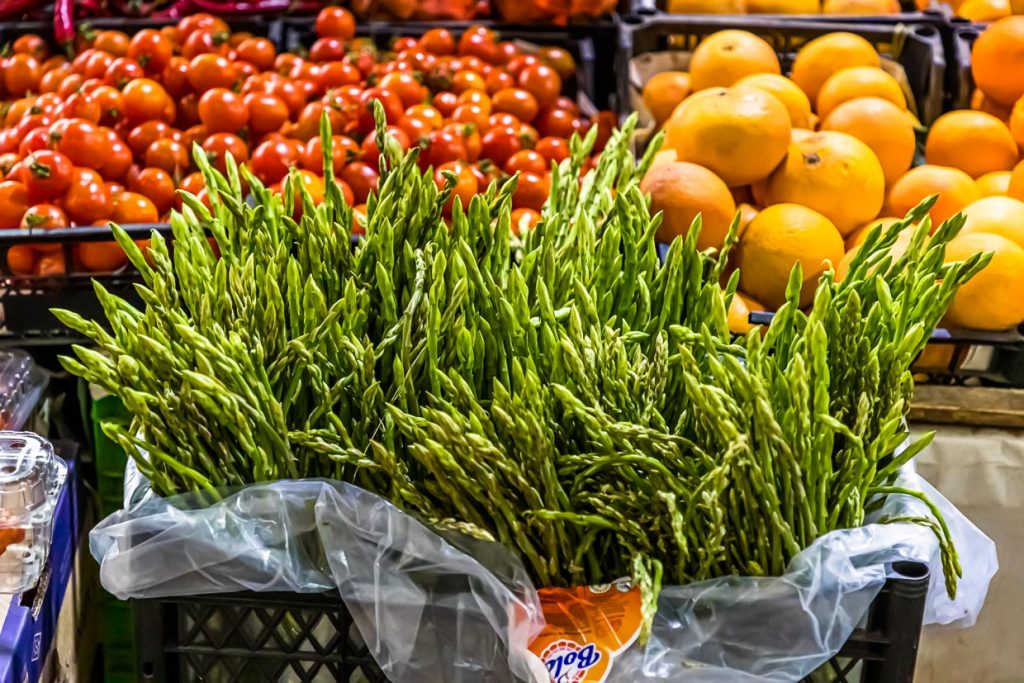
The proximity to the sea brings another delicacy to Cypriot cuisine. Sea fennel grows in the coastal vegetation. Its firm, almost leathery leaves and stems are full of marine aromas. Even before flowering, the sea fennel is harvested, sorted and pickled in vinegar. It makes an excellent accompaniment to fish and has a very special, almost floral aroma.
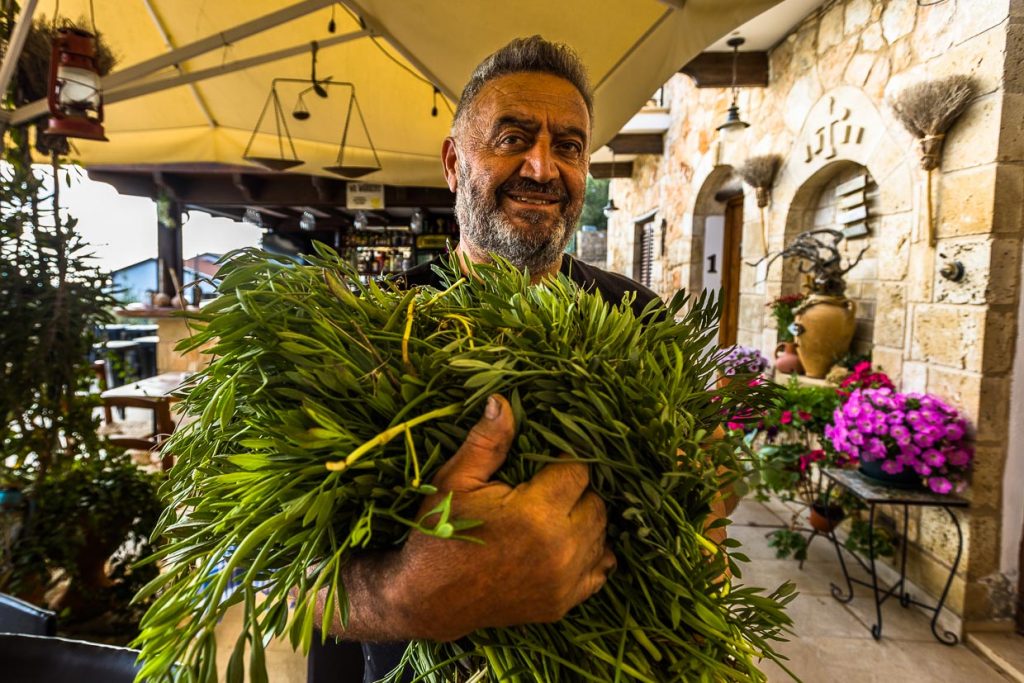
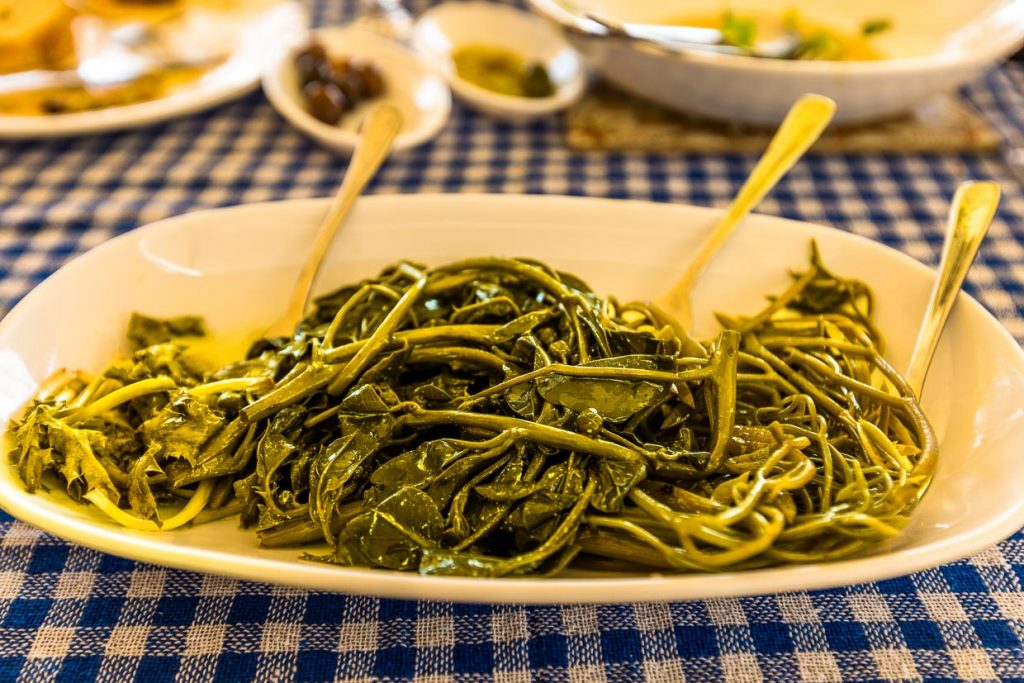
Boutique Hotel Hanna Koumi
The variety of hotel types is also increasing in Cyprus. The large bed castles and casino hotels are complemented by guesthouses and small hotels. Especially if you travel around the island by rental car and want to get to know the hinterland with its original villages. A stroke of luck for Kormakitis is the boutique hotel Hanna Koumi. Tourists can now stay longer in the village. Hiking trails are being created, and better signage is being planned. Angeliki’s traditional cuisine provides the best food, and the six rooms have been lovingly designed by the hostess with antique furniture and light limestone walls.
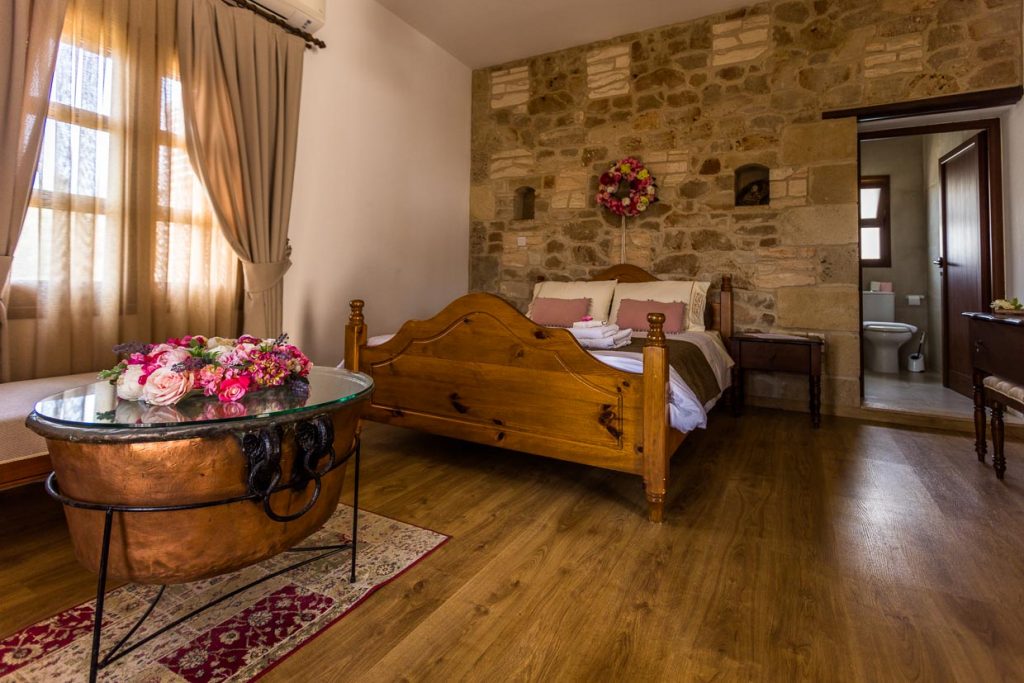
Whether you chose a hotel in the south or accommodation in the north of Cyprus, whether you arrive at Larnaca Airport in the south or Ercan Airport in the north, you can easily explore the whole island. The Green Line, which has divided the island of Cyprus since 1964, sets no limits to one’s vacation. Cyprus Travel is a Cyprus based and also German speaking tour operator that offers walking tours to all regions of Cyprus and encourages crossing the border between North Cyprus and South Cyprus. From rental car tours with individual hotel bookings such as at the boutique hotel Hanna Koumi, to walking tours, day trips to cultural sites, and city tours, it’s all about the island of Cyprus. More information about the history of the divided island can be found in the reports about the Büyük Han Coffee Club, the ghost town of Varosha and hikes in the Troodos Mountains and the Five Finger Mountains.
The research trip was supported by Cyprustravel.

